Palpalá: moving to the beat of industrial factories
Palpalá, Jujuy, Argentina.
By Mariana Peinado
environment, contamination, environmental justice, factories, industrial activity, global south cities, latin america, argentina
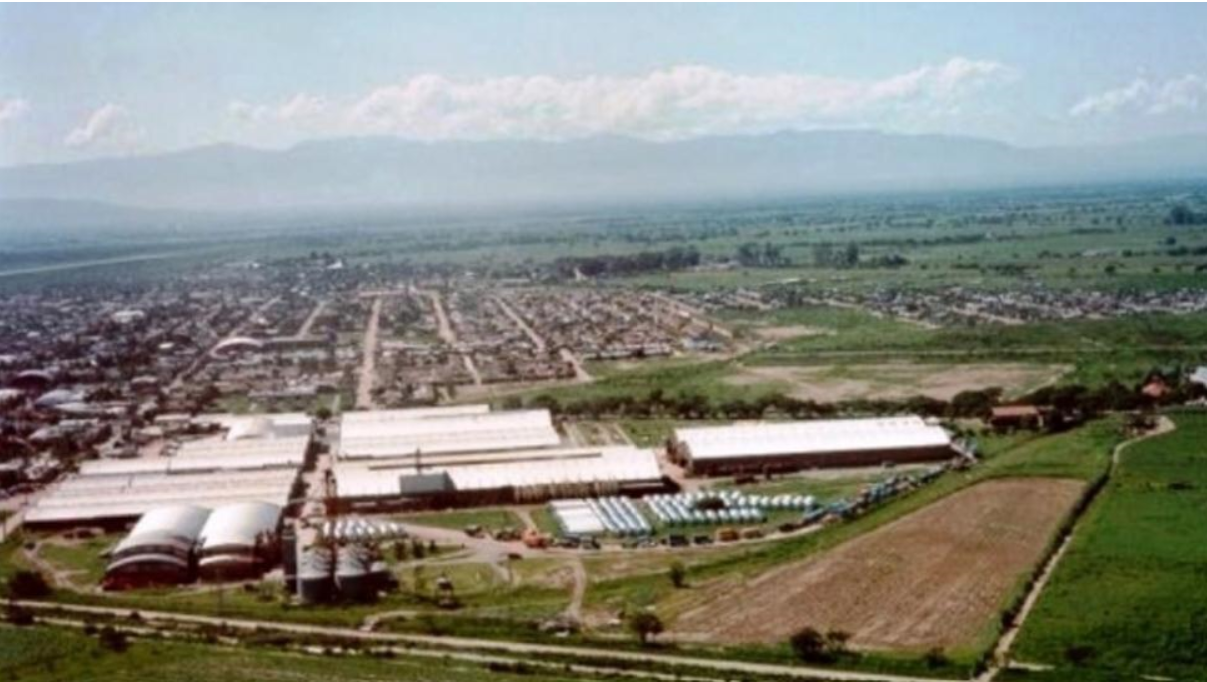
This project aims to unveil the development of industrial parks that started around 1990 in the city of Palpalá, in Jujuy, Argentina.
This project analyzes the origins and the development of industrial parks in Palpalá, Argentina. In pursuing this topic, this research expects also to contribute the literature regarding industrial development and contamination in peripheral cities of South America. The city of Palpalá is situated in the valleys of Jujuy, in the northern region of Argentina. To the north, the city adjoins the Rio Grande river and to the west it adjoins the City of San Salvador de Jujuy, which is the capital city of the province. One of the most important characteristics of Palpalá is that its growth has been directly connected to and influenced by the growth of the public steel company Altos Hornos Zapla (AHZ).
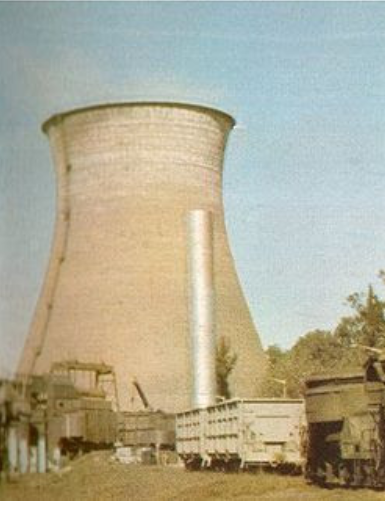 Image 1. AHZ in the decade of 1950
Image 1. AHZ in the decade of 1950
The city of Palpalá flourished after the discovery of iron mines in 1941. Conveniently, a vast eucalyptus forest -called Forestal- was available nearby for producing the carbon needed for steel production. This led to the foundation of AHZ in 1943, as a public company under the Federal Direction of Military Manufacturing. AHZ used two different mines that served as iron deposits: Mina 9 de Octubre and Mina Puesto Viejo, located at 12 and 37 kilometers away from the main location of AHZ. In addition, there is a nearby river to AHZ, the Río Grande river. AHZ became a key stakeholder in the development of the National Metallurgy Plan, which was implemented during the decade of 1940 as a federal policy in Argentina.
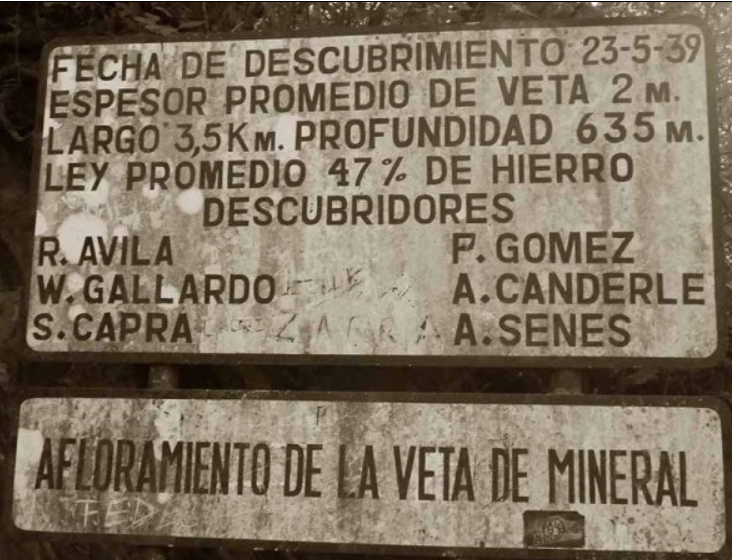

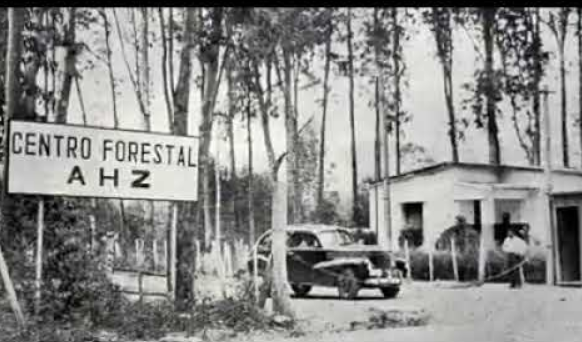 Images 2. Old images of AHZ, Forestal and the mines
Images 2. Old images of AHZ, Forestal and the mines
The company operated as a public company until it was privatized in 1991. The advent of industrial parks in Palpalá began that same year , as a direct consequence of the privatization of AHZ. It was renamed as Aceros Zapla S.A. and situated within the industrial park Acero Zapla. Today there are five different parks spread throughout the city of Palpalá: Acero Zapla, La Noria, Parque Carlos Snopek, Alto La Torre and El Brete Forestal. Each industrial park contains a cluster of factories. Together, they house a total of around 63 companies that are active and producing different types of products, such as iron, zinc, lead, silver metal, chemistries, sulfuric acid, boron derivates and polyethylene among others. There are also sawmills, loggers, foundries and wood manufacturing factories in the area .
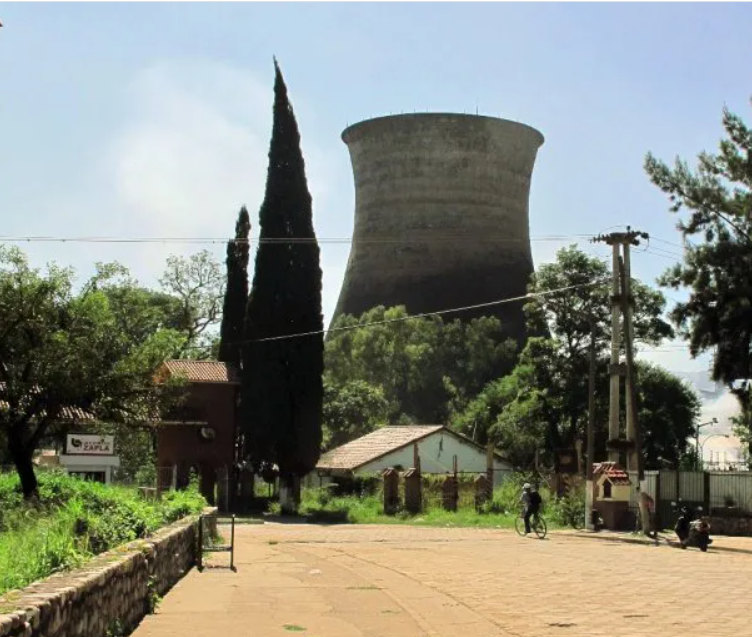 Image 3. Acero Zapla in 2019
Image 3. Acero Zapla in 2019
There are some descriptions available about the environmental consequences that the industrial activity -happening over the last 30 years- has produced in the community nearby the industrial parks of Palpalá. Much of the information available has been written by residents of Jujuy or people that live or has lived in Jujuy in the past (Ivone et all, 2009; Pérez, 2007). The environmental consequences include the production of waste and the disposal of contaminant effluent from the industrial park’s activities, especially heavy metals that are poisonous and toxic at low concentrations (Pérez, 2007). Also, high quantities of slag and waste have been spotted in the area. Much of that waste is dumped in the margins of the Rio Grande river that surrounds the north frontier of the city (Pérez, 2007). These wastes have been described as potentially contaminated agents of water, soil and air, that can be activated by simple natural actions such as sun or wind. Experts have also uncovered consequences for the health of community, such as lead poisoning and allergic diseases with affection of the respiratory tract (Pérez, 2007; Ivone et all, 2009). A study reported that in 2011 a young man of 23 years old that felt while walking behind the ground of Aceros Zapla S.A. and died after he suffered third-degree burns because of the spontaneous combustion of industrial slag. Two policemen that tried to help him also got burns, though they survived because the burns where not so severe (Donna DeCesare et all, 2017).
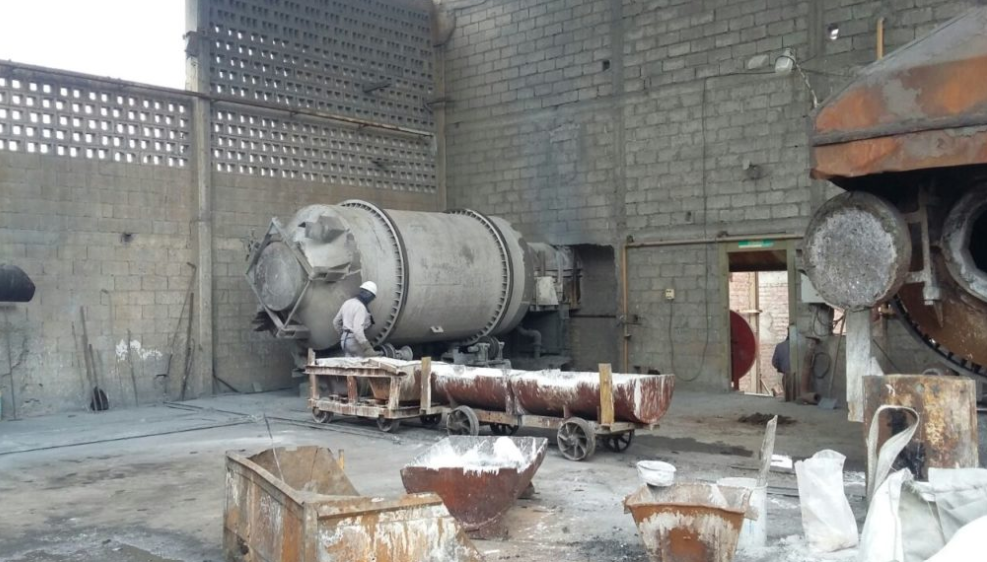
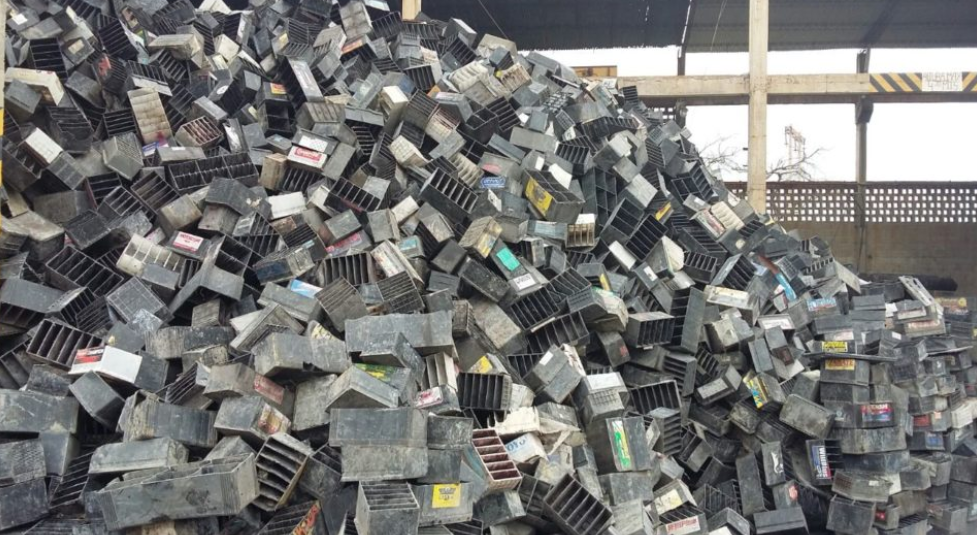 Images 4. Lead Metal SRL was located in Alto La Torre closed in 2018 by the provincial and municipal authorities
Images 4. Lead Metal SRL was located in Alto La Torre closed in 2018 by the provincial and municipal authorities
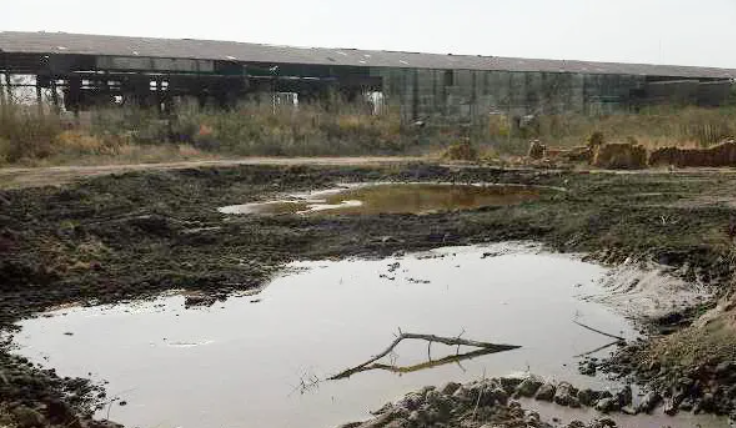 Images 5. Surrounding area of 23 de Agosto in 2017
Images 5. Surrounding area of 23 de Agosto in 2017
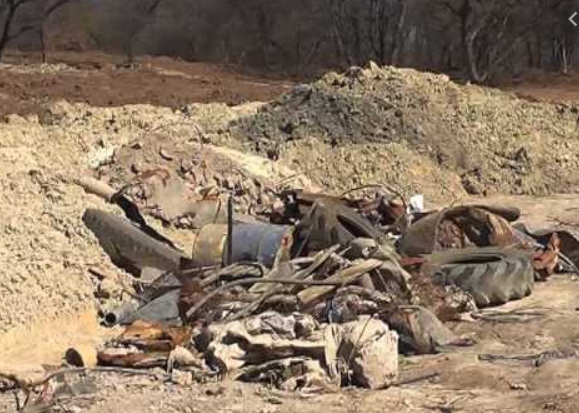 Image 6. Surrounding area of Alto la Torre in 2013
Image 6. Surrounding area of Alto la Torre in 2013
While many experts claim that the biophysical processes that surround social life coevolve and shape society (Sheppard et all, 2009) this is particularly relevant for industrial activity in urban areas and its impact on environment . Many ordinary cities, such as Palpalá, suffer from the consequences of NIMBY (short for not-in-my-backyard) and tend to bare a high environmental cost of projects that are identified as projects that can boost “development” in the area . Regarding this issue, scholars in the U.S. have found that there is a disproportionately high number of undesirable facilities in places where the community contains unrepresented populations, many of whom face racial discrimination in the context of facility siting (Mata, 1993). Experts point out that there are different factors that influence site selection of hazardous facilities, such as public opposition and economic feasibility, and that hazardous sites tend to be placed in minority, poor and powerless communities (Billias, 1998). At a global scale, some experts have pointed out that there is a particular way in which different types of costs and benefits of projects -such as mining operations, oil wells, large dams and industrial facilities- are distributed. Usually, costs and risks tend to impact mainly the poor and vulnerable population, while benefits tend to flow to well off population (Sheppard et all, 2009). In addition, the results of some studies show that those that live close to current or future potentially dangerous projects, do not perceive more risk when compared to those living far away from dangerous facilities (Johnson et all, 2012). Exploring and making contributions to the discussion regarding the characteristics of the areas and populations that are suffering the consequences of industrial facilities activity can have a great impact on current studies about environmental justice and help experts to understand how development should be understood and implement, especially in the global south. This can also serve as evidence that can be used by policy makers to think about alternative ways of protecting disadvantage populations and minorities that many found themselves unrepresented and lacking political power to resist the allocation of these facilities and its effects on environment. The story of industrial parks in Palpalá includes lack of detailed historical records about industrial activities, complaints about pollution in different parts of the city, cases of lead contamination in the population (especially those living close to Alto la Torre) as well as late and insufficient institutional responses from different levels of government over three decades, which includes lack of official estimations of contamination in air, soil and water over time. All this has led throughout time to the denial and underestimation of the environmental consequences of the industrial parks that has long-lasting health consequences on resident’s health.
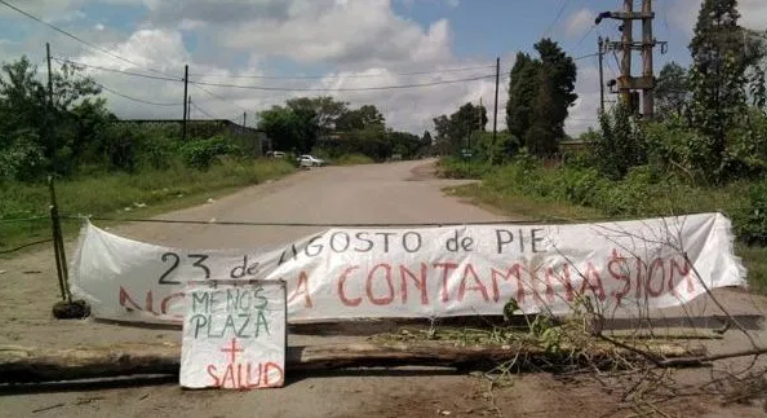 Image 7. Protest against contamination in 23 de Agosto, 2013.
Image 7. Protest against contamination in 23 de Agosto, 2013.
- Link 1 - marianap1986.github.io/industrial-parks-palpala/